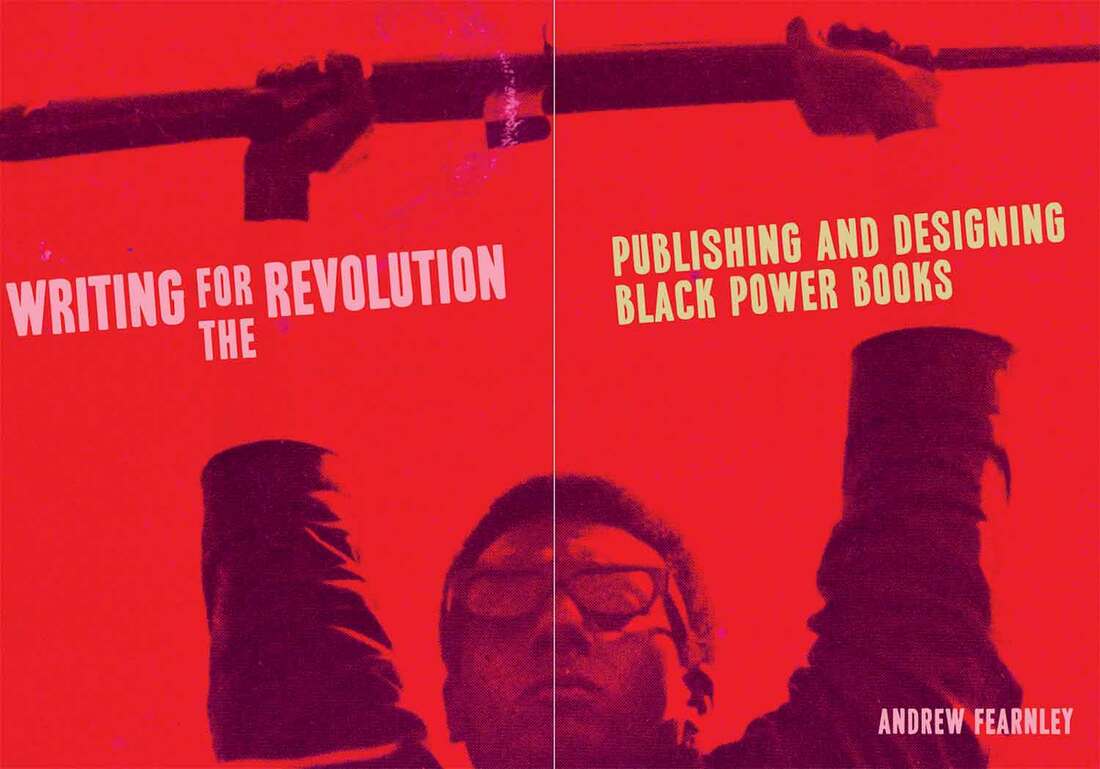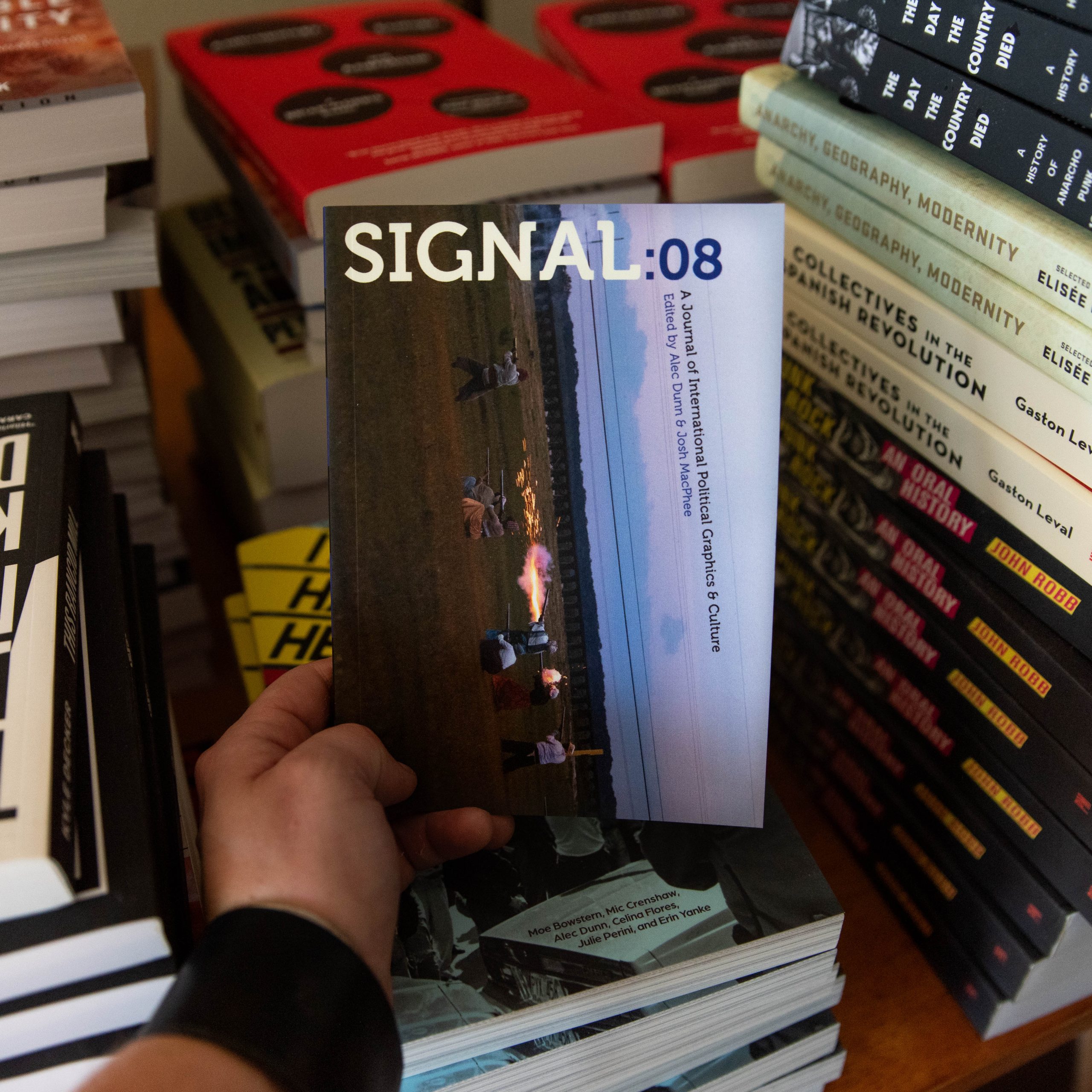Reviewed by A. Iwasa
Trial and Error Collective
November 6th, 2023
Signal is an ongoing book series dedicated to the political graphics, creative projects, and cultural production of international resistance and liberation struggles. Edited by Josh MacPhee and Alec Dunn, this issue of Signal delves into international Black Power publishing, 1960s anarchist and antimilitarist illustrations of Liberation magazine, and more.
When I first read about Signal, I assumed the editors would just phone it in with a fancy coffee table style art book full of sexy propaganda from somewhere Left of Center. I couldn’t have been more wrong! I’ve been familiar with the art of editor Alec Dunn and the curating of co-editor Josh MacPhee for years through the Justseeds Artists’ Cooperative and the Celebrate People’s History Poster Series, respectively. And frankly, if I had a coffee table, I might have thrown down for Signal when I first read about it.
I was still 110% amped when I was offered a review copy of this journal, and much to my shock, it’s exactly the sort of well thought out and written exploration of art and politics that I’ve been hoping to get my hands on since about 1999.
Sure, there are tons of provocative, well done photographs accompanied by equally impressive visual art (and some not so hot, old school filler material), but the lead interview is a case and point. Dread Scott organized a Slave Rebellion Reenactment (SRR) participated in by hundreds of people in November 2019, and MacPhee was able to interview him a year and a half later. “You know, sometimes artists have gotten caught up in thinking that the art is the revolution, but I don’t think that we’re going to throw a bunch of paintings at the system and have them run away,” said Scott to MacPhee. “That’s not how social change has happened. But it also doesn’t happen without a good song or a good community-engaged performance work.”
The SRR was of the German Coast Uprising of 1811, the United States’ largest slave revolt. Reenactment as art via costumes, flags, and other props are connected to the thorough study of history, intention, connection to contemporary events and places; for all intents and purposes it’s all encompassing.
Next is an in depth examination of Vera Williams and Liberation Magazine. It turns out Williams was born and raised a Communist in 1920s and ’30s New York, before going on to do art for the Anarchist Civil Rights magazine, Liberation, in the 1950s. “Liberation was built out of alliances made between Civil Rights organizers and pacifist conscientious objectors to World War II. It was physically printed by commune-living activists, weirdos, artists, and homosexuals in a highly conformist 1950s America,” writes Dunn.
Williams also attended the experimental Black Mountain College, so this is also discussed along with the Gatehill Cooperative, which was designed along the lines envisioned in Communitas by Paul and Percival Goodman.
Other topics covered include publishing Black Power books, Vijay S. Jodha’s phenomenal art project to honor victims of the 1984 pogrom against India’s Sikh communities, and forged airline tickets the Popular Front for the Liberation of Palestine (PFLP) used to highjack planes in the late 1960s and early ’70s.
There’s also an UPDATES section, reporting on the work published in past issues of Signal that perhaps went on to be reprinted in a book, used in an art show, expanded into its own book, or the contributor launched a website or a print publication.
Signal #8* is a slam dunk and I’m very excited to backtrack and do a deep dive of the first seven issues that’s been pitched to the online, interdisciplinary literary journal, Synchronized Chaos. Please keep your eyes peeled for it!

Signal 08 is available here.
Check out A. Iwasa’s review of Signal #1 here.






